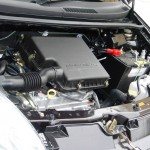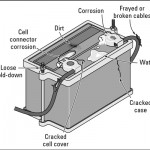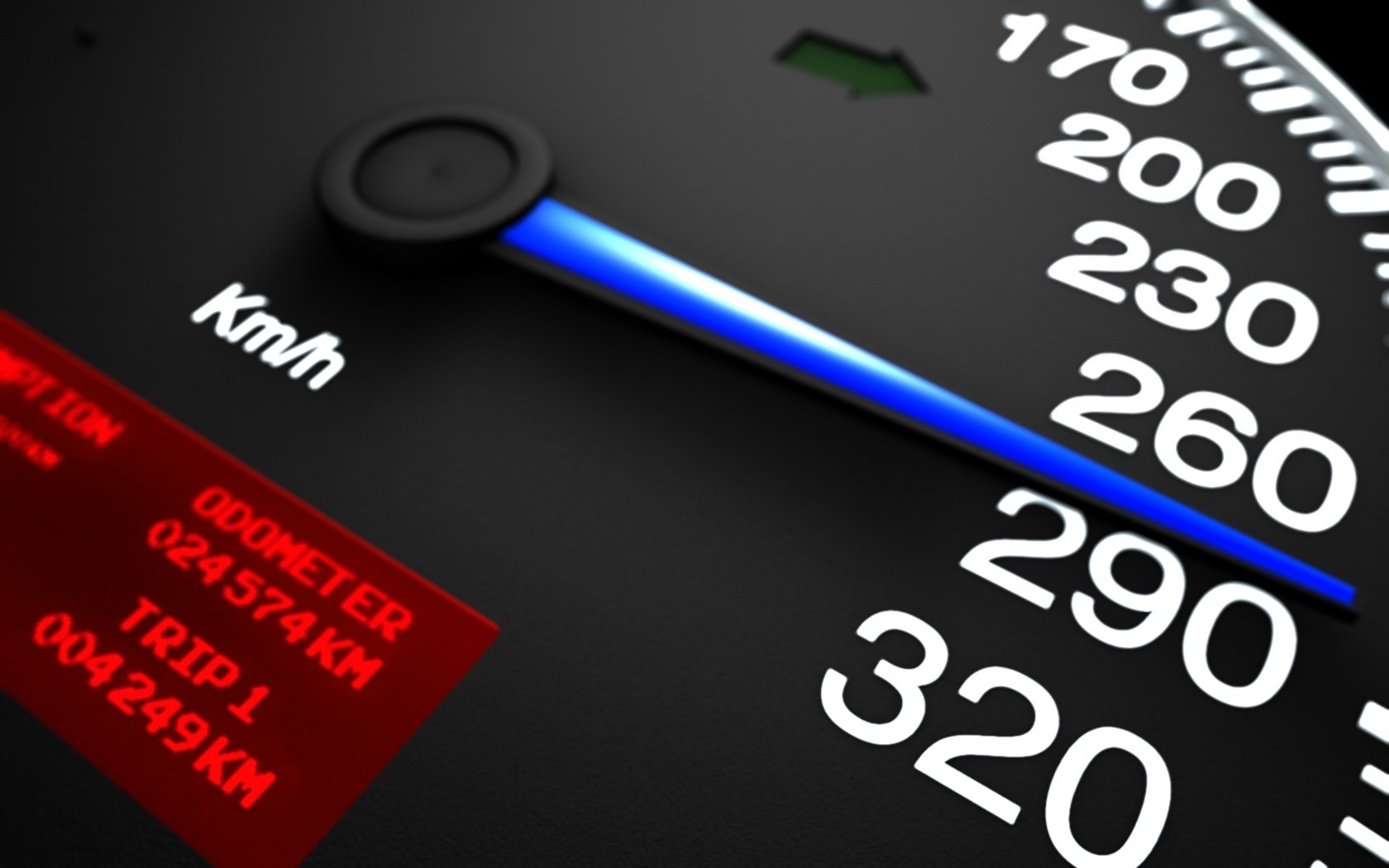 While take regular care of all the parts of our car, we often leave out the battery under the misguided notion that they require no maintenance. Some battery manufacturers help to perpetuate this wrong notion by claiming that their batteries are “maintenance free”. If you too believe their claims, chances are that you would find yourself stranded on the road sooner rather than later.
While take regular care of all the parts of our car, we often leave out the battery under the misguided notion that they require no maintenance. Some battery manufacturers help to perpetuate this wrong notion by claiming that their batteries are “maintenance free”. If you too believe their claims, chances are that you would find yourself stranded on the road sooner rather than later.
The “maintenance free” claim applies only to sealed batteries. If your car has an unsealed type of battery, then it is certainly not maintenance free. You need to add distilled water to it on a regular basis. Unsealed batteries can easily be recognized from small vent caps on the top which can be twisted open. Just twists open these vents at frequent intervals, check electrolyte level in it. If it is lower than the bottom of the vent splash band, add distilled water till the level touches it. You will need to carry out this process more frequently during summers as water gets evaporated more quickly at this time. In any case, never let the battery run on low water levels, or run out of water, as this can ruin its cells.
Even the battery of your car is of sealed type, the maintenance free claim is only partially true. It only means that you don’t have to add water to it. There still are some maintenance activities required to ensure its good health which in turn will ensure uninterrupted run of your car. Here are some maintenance activities required for both sealed or unsealed batteries:
1. Cleaning the cables: Dissolve one tablespoonful of baking soda in a cup of water. Take a wire brush and douse it in this solution. Now, disconnect the battery cables and take the battery out of the car. Next clean the cables with the brush doused in baking soda solution. Finally, clean the battery top with the same brush and solution. You can also use a small paint brush for the purpose.
2. Lubricating the posts: Apply a small dab of petroleum jelly on each post before placing the battery and connecting the cables again. This will not only make it easier to slip the cables back but also keep the cables clean and free of corrosion for a long time.
3. Checking connections: Check the connection between the battery posts and the cable; it should be tight and secure, not lose. If your car also has a battery hold down bar, make sure that it is securely put back in its proper place.
Battery replacement is another important aspect you should pay attention to, if you don’t want to get stranded due to dead batteries. Ideally, the car battery should be replaced every four years. If it is not, it will perform at a diminishing rate and can betray you any time. During winters, get regular load tests carried out by an auto mechanic to ensure that it holds charge at very low temperatures.
Overcharging batteries is a very common mistake. Each car battery cell provides 2.1 volt of current making for a total of 12.6 volts in fully charged condition. If the battery is overcharged, or the ventilation is insufficient, a combustible concentration of hydrogen may remain captured in the cells or battery enclosures. A spark in this condition may cause explosion which can damage the battery and its surroundings as well as spread acid over the surrounding areas. Therefore, avoid the temptation of overcharging your car battery.
These tips, if taken care of, will not only ensure a long life of the battery allowing for long, enjoyable rides day after day, they will also keep your car, yourself and those around your car safe.




![Top 20 Used Cars to Avoid Buying in Kenya – [PHOTOS]](../../../blog/wp-content/uploads/2013/11/top-used-unreliable-cars-to-avoid2-80x60.jpg)

![Top 20 Used Cars to Avoid Buying in Kenya – [PHOTOS]](../../../blog/wp-content/uploads/2013/11/top-used-unreliable-cars-to-avoid2-100x70.jpg)



